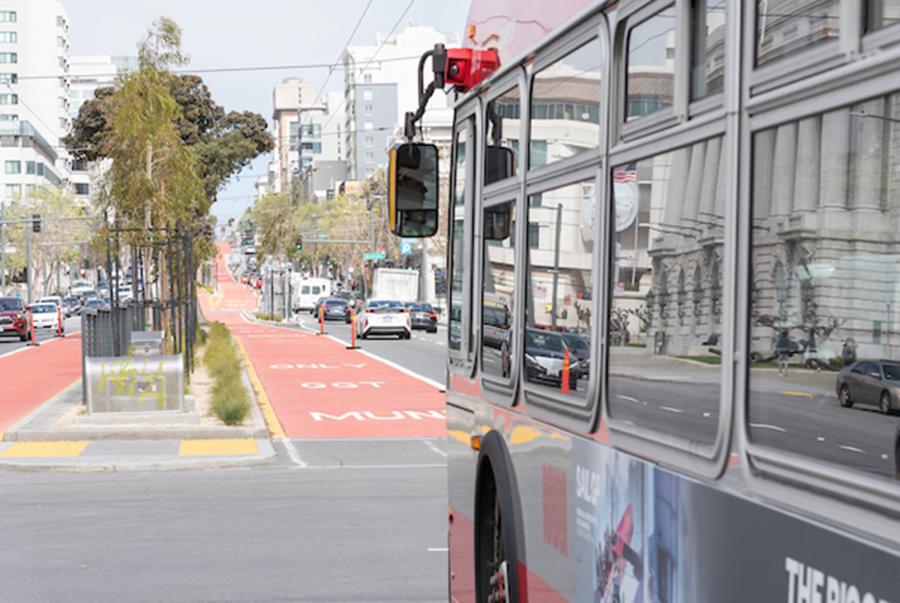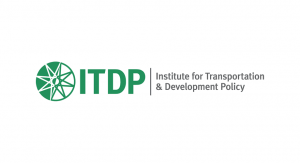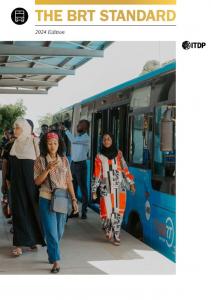
Bus Rapid Transit (BRT) Systems in the US and Mexico Receive New Recognition and Scores Based on 2024 BRT Standard
Five cities and their BRTs across the U.S. and Mexico have received updated scores and designations in accordance with the 2024 edition of the BRT Standard.
NEW YORK, NEW YORK, UNITED STATES, September 3, 2024 /EINPresswire.com/ -- The Institute for Transportation and Development Policy (ITDP) and the Technical Committee of the BRT Standard released a new edition in 2024, updating the Standard’s definitions and scoring designation for quality bus rapid transit (BRT) systems around the world. First launched in 2012, the Standard continues to serve as both a framework for understanding BRT and an evaluation tool for corridors based on international best practices. Over 153 BRT corridors have opened in 91 cities in 24 countries in the past decade and BRT has become a more familiar concept for cities and the public.
ITDP and the BRT Standard Technical Committee are proud to announce that five cities in the United States and Mexico have received updated scores and recognition based on the 2024 Standard’s guidance and Scorecard. These Gold, Silver, Bronze, and Basic BRT designations provide insight into real-world applications of the Standard’s guidance for high-quality BRT services and operations, and they demonstrate the range of achievements in planning and implementation across these five cities. Their work reflects ITDP’s year of the bus efforts to advocate for bus and public transport systems that are well-funded, well-managed, sustainable, and responsive to the evolving needs of everyday riders. Translations of the Standard, currently available in English, are upcoming for Bahasa Indonesia, Chinese, French, Portuguese, and Spanish.
The cities below have received a mix of scores and honors for their progress on BRT. Overall, these systems represent a move towards not just low-and-zero emission electric vehicles, but a concentration on greening and resiliency measures that put emissions reductions and clean energy at the forefront. Some systems have also made targeted efforts to improve access, inclusion, and the integration of corridors with other mobility options to ensure that the widest range of communities feel safe, comfortable, and informed when using public transport. Collectively, this work demonstrates the possibilities for even more progress on BRT in these cities. They can also continue to serve as tangible models for other global cities planning or improving their own systems.
- Mexico City, Mexico's Insurgentes corridor, rated Gold, sets a global standard by improving commutes, revitalizing surrounding neighborhoods, and reducing emissions. Insurgentes has been strong on urban integration – particularly with cycling infrastructure and the metro system – as well as accessible station design, inclusion and public safety.
- Mexico City’s Trolebús Elevado Line 10 corridor, rated Silver, serves as the first public transit solution in the Iztapalapa district, providing a much-needed connection between the eastern and western parts of the city. Line 10 also incorporates e-buses and climate resiliency measures that set a new model for the region.
- Guadalajara, Mexico’s MiMacro Periférico corridor, rated Silver, gained recognition for its gender-responsive design and caregiver-friendly solutions, while also integrating cycling and walking networks to enhance first and last-mile connectivity. As the area’s second BRT corridor, MiMacro Periférico connects peripheral neighborhoods that were previously underserved by public transport options.
- Richmond, Virginia, USA’s Pulse corridor, rated Silver, first launched in 2018, exemplifies a modern, high-quality rapid transit system in the US. It marks a departure from recent trends in public transport by its ability to continue expanding ridership and spurring related investments along its route. Following the COVID-19 pandemic, Pulse also made headlines for going fare-free, one of the first urban systems to do so to boost access.
- San Francisco, California, USA's Van Ness corridor, rated Silver, leads the way in modern urban transit with center-running lanes and improvements to reliable service in the central area of the city. Prioritizing transit investments like those on Van Ness aligns with the city's broader efforts to serve all residents with quality and efficient BRT, bus lanes, and signal priority to facilitate faster commutes, reduce congestion, and revitalize streetscapes.
- Merida, Mexico’s IE-Tram Plancha Kanasín corridor, rated Bronze, marks a new era in sustainable mobility in the region with a 100% electric, zero-emissions fleet of vehicles. Grounded in the development of a new transport agency in the city meant to oversee design and operations, IE-Tram demonstrates the potential for transport innovation in even small and mid-sized cities.
These updated scores were evaluated with the dedicated support of the BRT Standard Technical Committee, a group of leading BRT engineers, designers, and planners that served as a consistent source of sound technical advice and is the basis for establishing the credibility of the Standard. In addition, the Committee is complemented by the Standard’s range of globally recognized Institutional Endorsers, an integrated group of respected institutions in urban development, public transport, and climate. Learn more about these individuals and organizations at BRTStandard.org.
“All of the individuals and organizations involved in the development of the 2024 BRT Standard are delighted to honor these cities with updated scores that reflect their commitments and achievements in BRT, sustainable transport, and equitable access,” said Aimee Gauthier, Chief Knowledge Officer of ITDP. “It is important for other cities and governments to see that, if their peers can institute change with the right mix of investment and innovation, they certainly can do it too. All these cities and their corridors deserve recognition for their standout commitment to better BRT.”
Download the 2024 BRT Standard here and view the latest on related resources here.
Alphonse Tam
ITDP
+1 212-629-8001
email us here
Visit us on social media:
Facebook
X
LinkedIn
Instagram
YouTube
Other
Distribution channels: Business & Economy, Energy Industry, Environment, U.S. Politics, World & Regional
Legal Disclaimer:
EIN Presswire provides this news content "as is" without warranty of any kind. We do not accept any responsibility or liability for the accuracy, content, images, videos, licenses, completeness, legality, or reliability of the information contained in this article. If you have any complaints or copyright issues related to this article, kindly contact the author above.
Submit your press release


